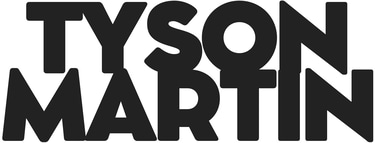Grounded in Discipline, Built for Real-World Impact




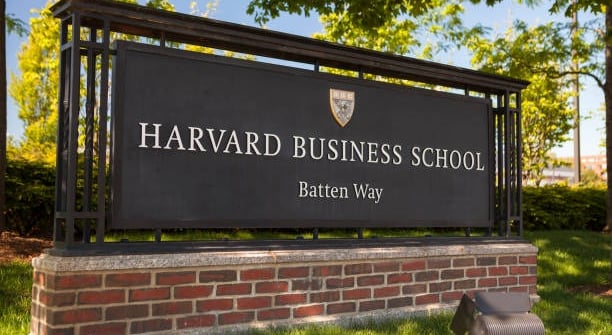

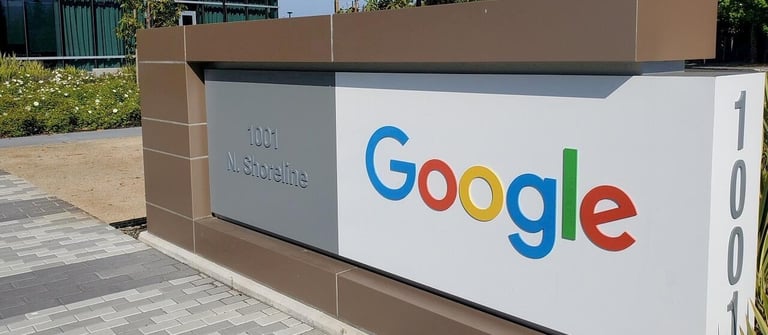





Completed cybersecurity, digital strategy, business AI, and cloud innovation programs through Carnegie Mellon, Clarkson University, Harvard Business School, MIT, Google, Amazon, and Microsoft, building the cross-functional expertise required to earn the trust of executive teams, boards, and enterprises.




The CISO Executive Program at Carnegie Mellon was a pivotal experience that deepened my strategic lens and sharpened how I approach cybersecurity leadership. Surrounded by senior security executives from a range of industries, the program challenged us to think beyond frameworks and technologies — and instead focus on governance, business alignment, national-level threats, and communicating effectively with boards and executive teams. It was a unique environment that blended academic insight with real-world pressure, designed for leaders responsible for making high-consequence decisions at scale.
This experience directly shapes how I guide organizations today. I lead with clarity in high-stakes moments, connect cybersecurity strategy to enterprise priorities, and bring a board-level perspective to risk, resilience, and trust. The program didn’t just add credentials — it refined the way I build security programs that earn buy-in, influence culture, and drive measurable value across the business. It reinforced a mindset I bring to every role: security leadership isn’t just about protection — it’s about enabling confident, strategic growth.
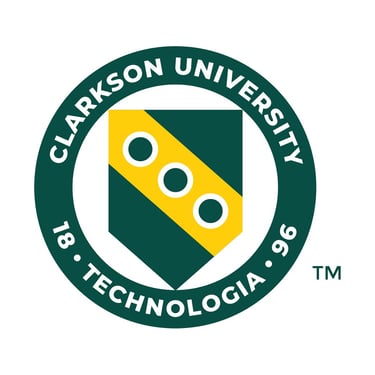

My Management Information Systems education at Clarkson University gave me an early foundation in how technology and business intersect — not as separate domains, but as tightly connected forces that shape organizational success. The program emphasized both the technical building blocks of systems and the strategic thinking required to apply them effectively in real-world settings. It wasn’t just about learning how systems work; it was about understanding why they matter to decision-makers, customers, and business outcomes.
That mindset still drives how I lead. I approach technology through a business-first lens, making sure every decision — whether it’s about architecture, risk, or investment — is rooted in strategic value. Clarkson’s MIS program helped me develop the ability to speak both “tech” and “business,” and to lead cross-functional teams with clarity and purpose. It’s part of why I’ve been successful in roles that require translating complexity into action and turning technology into a competitive advantage.
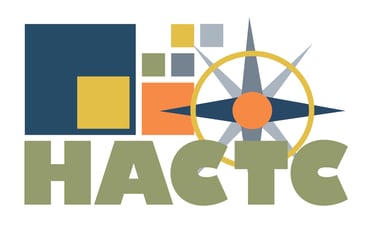

My time at the Hartford Area Career & Technical Center introduced me to IT in the most practical and immersive way possible. Over two years, I worked hands-on with PC hardware, networks, and system administration, learning what makes technology tick, both physically and logically. We weren’t just behind screens; we earned certifications like CompTIA A+, Network+, Security+, built real networks, coded in languages like Python and JavaScript, and completed a capstone project that tested our ability to design, build, and present a complete system. That foundation taught me early on that real technology leadership starts with getting your hands dirty and understanding how systems behave before you lead and protect them.
That foundation still influences how I lead today. Because I began with practical IT and rigorous preparation under time‑pressured, real‑world conditions I approach security with empathy for the people who build and operate our systems every day. I know what it feels like to troubleshoot hardware at 2 AM or optimize servers under budget constraints, and that experience shapes my decisions now as an executive: investing wisely in tools, mentoring teams, and pushing for secure systems that won’t slow business down. HACTC didn’t just teach me IT, it taught me to respect both the technology and the people behind it, and that perspective has informed every leadership decision I make since.


My leadership, AI, executive leadership, and technology education at Amazon combined formal training, deep technical certification, and real-world execution at enterprise scale. Through Amazon’s internal executive development programs, I gained structured, principle-based leadership training rooted in clarity, accountability, and decision-making under pressure. In parallel, I completed technical certifications in AWS architecture and security, and participated in formal AI and machine learning education designed to translate emerging technologies into scalable, secure business outcomes. It was an environment that demanded depth, speed, and precision and one that shaped how I lead today.
That experience still drives my approach. I don’t just understand business, cloud, AI, and innovation from the outside, I’ve been formally trained to lead them from the inside. I know how to evaluate the risks and rewards of emerging technologies, how to guide teams through complexity, and how to architect solutions that scale with trust. The education I received at Amazon wasn’t a single course — it was a multi-dimensional learning journey that sharpened my ability to lead across disciplines, challenge assumptions, and deliver security and innovation without compromise.


My education at Harvard brought together leadership, AI, and strategy at a level that challenged how I think, decide, and lead. The programs I completed focused on navigating complexity, leading through ambiguity, and applying artificial intelligence responsibly in business contexts. It wasn’t just academic, it was grounded in real-world cases, cross-industry collaboration, and practical frameworks for making high-consequence decisions. Whether exploring the ethical dimensions of AI or refining how to lead change across an enterprise, the Harvard experience pushed me to elevate both my thinking and my impact.
That training directly shapes how I lead today. I bring a Harvard-honed ability to simplify complexity, connect innovation to business strategy, and guide organizations through both disruption and growth. Whether advising boards on AI governance or leading teams through digital transformation, I draw on that foundation to ask better questions, surface unseen risks, and align technology decisions with long-term value. It made me a more thoughtful, deliberate leader. One who understands both the opportunity and the responsibility of leading in the age of AI.
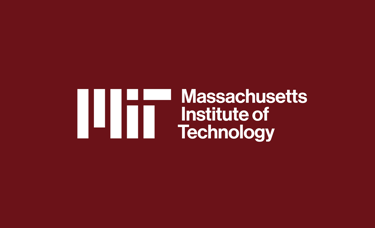

My education at MIT was designed for leaders navigating the intersection of advanced technology, AI, and organizational strategy. Through formal coursework, certifications, and immersive training, I gained the tools to evaluate and deploy emerging technologies — from machine learning to digital platforms — in ways that drive measurable business value. The programs emphasized systems thinking, innovation governance, and the practical application of AI and cybersecurity across complex, real-world environments. MIT didn’t just sharpen my technical fluency — it deepened my ability to lead with both precision and foresight.
That education continues to shape how I lead organizations through transformation. I bring a rigorously trained lens to questions of AI ethics, platform strategy, and technology leadership — always connecting innovation to outcomes, risk to resilience, and ideas to execution. Whether I’m guiding a board through AI risk, aligning security with product strategy, or helping a team scale with confidence, the foundation I built at MIT ensures my decisions are grounded, forward-looking, and impact-driven. It’s an education that raised the bar on how I think, how I lead, and how I create value through technology.


Through Google's educations program, I didn’t just learn about technology. I immersed myself in how one of the world’s most influential companies thinks about scale, intelligence, and responsible innovation. Through formal education, hands-on training, and industry-recognized certifications, I gained deep insight into AI, cloud infrastructure, and decision intelligence, but more importantly, I learned how to lead in environments where speed, complexity, and impact converge. Google’s programs pushed me to think critically about what responsible technology leadership really looks like in practice.
That experience continues to shape how I lead organizations through change. I apply a Google-caliber standard to the way I assess emerging technologies, guide AI adoption, and align digital strategies with trust, ethics, and business value. Whether I’m helping teams move fast without breaking trust, or designing systems that scale with resilience, I lead with the same intentionality I learned at Google where innovation is never an excuse to cut corners, and impact is measured by how well you serve people, not just platforms.


What stood out about my education at Microsoft wasn’t just the technology it was the philosophy. Microsoft’s programs didn’t just teach cloud, AI, and enterprise architecture; they taught how to lead with clarity, inclusion, and long-term perspective. Through formal training and certification across Azure, AI, and leadership domains, I learned how to balance innovation with governance, and how to apply emerging technologies in complex, regulated environments. The experience emphasized trust as a design principle (not just a goal) and grounded my thinking in how to deliver secure, intelligent systems that serve real human needs.
Today, I carry that mindset into every organization I lead. I bring a Microsoft-honed understanding of scalable platforms, ethical AI, and hybrid cloud, but more importantly, I bring the discipline of thinking beyond the tech itself. Whether I’m shaping digital strategy, guiding secure transformation, or building stakeholder alignment across regions, I lean on what I gained from Microsoft: lead with integrity, design for impact, and ensure that technology always follows purpose.
